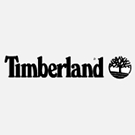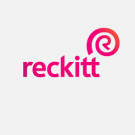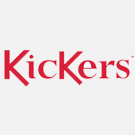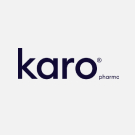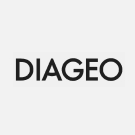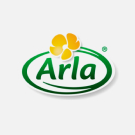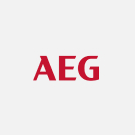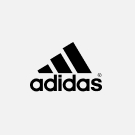Custom CGI content and digital twin production at scale
INDG blends 20+ years of industry expertise with proprietary tech to transform physical products into digital twins, rich content, and interactive experiences for any platform. Scale your content with speed, consistency, and no compromise on quality.

